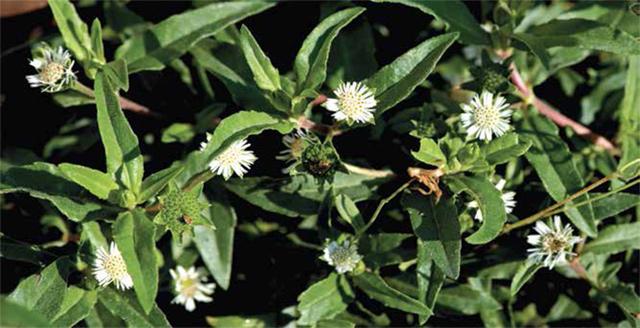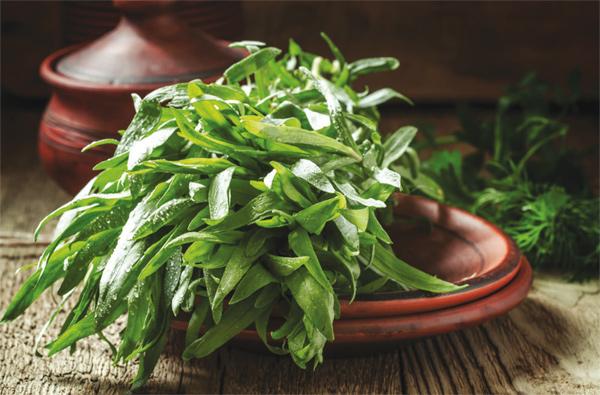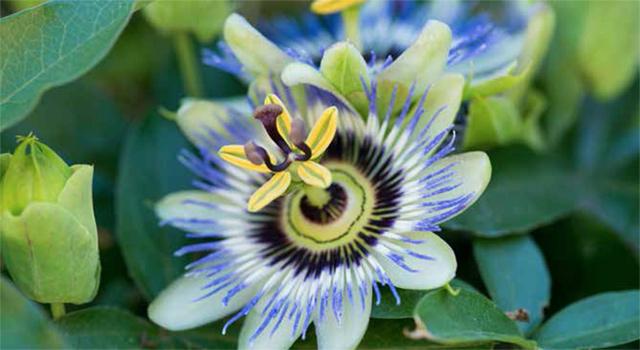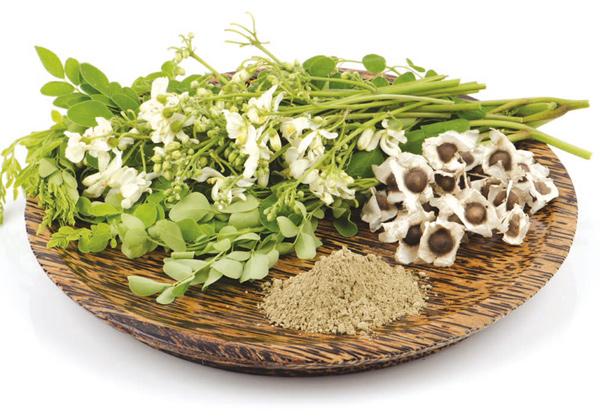You are here
False daisy — a powerful healing herb
By Sheela Sheth , Family Flavours - Aug 25,2019 - Last updated at Aug 25,2019

Photo courtesy of Family Flavours magazine
The False Daisy is a magical herb which looks like the white daisy.
It is from the sunflower family with tapering lance-shaped leaves often making its way in August through the prairies of the world and native to my hometown India. Back home, it is used for making hair oil and is one of the main ingredients in hair dyes.
Clinical cure
Roots, seeds, seed oil and the whole plant are a known rejuvenator. Traditionally, the petals are used to address skin disorders, skin allergies and cracked heels. It is known to help improve liver metabolism and is used in the treatment of jaundice, fatty liver and hormonal imbalance. Commercially sold in health shops, it has shown to overcome the loss of appetite, acidity, heartburn and anaemia.
The entire plant contains the alkaloids nicotine and is used in the treatment of diphtheria and other respiratory conditions.
Hair tonic
Growing up, our family always used a homemade concoction of herbs steeped in a mixture of oils for a week to make hair oil, then strained and bottled by my mama for a years’ supply.
Here, the dried organic leaves of the False Daisy were the main ingredient, combined with rose petals, gooseberries and aromatic herbal oil.
The extracts from the leaves and flowers add lustre to your locks. The pungent property of the plant is known to have positive effects on stimulating hair growth and its herbal property helps improve dry skin and avoid dandruff and split ends.
It has a cooling effect on the scalp and adds lustre to hair, serving as a perfect conditioner. The best way to infuse the herb is in oil form as it helps prevent hair fall, premature greying and split ends.
There are no regularly reported problems but there is a chance of an allergic reaction on sensitive skin. It is also used as an astringent and often mixed with aromatic oils for spas.
Wonder herb
This magical herb is enriched with rich sources of iron, vitamin E, magnesium, steroids calcium, vitamin D and traces of protein.
Moreover, it is known to be anti-bacterial, antiviral and analgesic properties. The paste of the leaves combined with milk cream and applied to the forehead has shown to relieve migraine pain.
The juice of the leaves in small quantity mixed with buttermilk has reportedly cured jaundice within a few days.
Lactating mothers and pregnant women should consult their doctor before using this powerful herb. In all cases, be sure to consult your doctor before trying any herbal remedies.
Reprinted with permission from Family Flavours magazine
Related Articles
By Sheela ShethFood Expert This bitter sweet plant, also known as the dragon wart and tarkhum in Arabic, has an aromatic flavour simila
The purple passionflower vine produces white flowers with purple, blue or pink calyx crown blooms.
By Sheela ShethFood Expert Grown in the Mediterranean, this powerful antioxidant is sweet in taste and cool in nature.


















